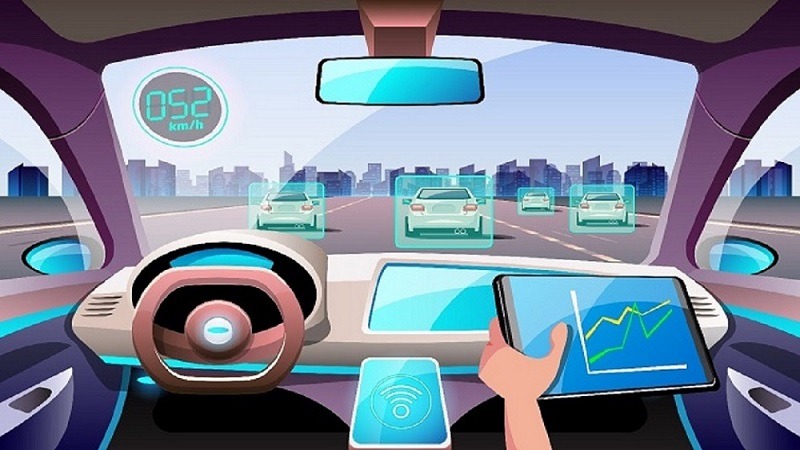The advertising scenario is changing every moment. Messages are being delivered to consumers daily, making it very hard for brands to catch attention. This is where Generative AI in Advertising comes to change the game. Using the power of artificial intelligence, Generative AI Development Solutions is infused with personalization in marketing campaigns, reviving creativity in campaigns, and building emotional connections with target audiences.
This article will focus on the essence of Generative AI Development Solutions in Advertising – Personalization and Creativity within marketing campaigns. We, however, dive into the technology, unveil benefits to both sides, advertisers and consumers, and make sure to address potential challenges that might arise. Buckle up as we take this ride through the super exciting world of AI-powered advertising.
What is Generative AI in Advertising?
Generative AI is a subset of machine learning, where the algorithms automatically generate new content as an image, a video, or even in text form. Machine learning algorithms using linear algebra can observe massive data to pick up patterns and relationships in different types of information. It is with this knowledge that it can generate new material conforming to the principal characteristics in the data. As a creative collaborator with marketers, Generative AI in Advertising helps them create personalized, targeted ad experiences.
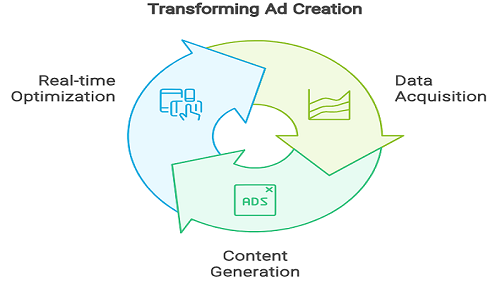
Data Acquisition and Analysis
Generative AI-driven algorithms are provided with a lot of relevant data points, maybe according to demographics, browsing behaviors, purchase history, and the like, about the target audience.
Content Generation
Based on the analyzed data, AI now facilitates the generation of personalized advertisement content. This includes adapting visuals to tailor content for individuals, crafting compelling headlines, or dynamically adjusting the advertisement copy to resonate with individual preferences. Furthermore, AI technologies, like an AI video generator, can produce professional AI videos. These videos feature striking visuals, realistic avatars, dynamic scenes, and sophisticated cinematography, all generated from a basic text prompt.
Real-Time Optimization
With the aid of Generative AI, it closely watches the performance of campaigns and engagements by users and optimizes ad delivery and content in an intelligent manner and in real time to make sure you get the highest levels of effectiveness.
The result? An interactive advertisement ecosystem that empowers the most relevant and engaging experiences, which ultimately drives consumers to convert.
Personalization on Steroids: The Power of AI-Driven Targeting
Gone are the days of generic, one-size-fits-all advertising. This is the age of personalization, with which the consumer expects and finds products and experiences tailored to his unique needs and wants. Generative AI takes personalization to the following set of benefits:
Hyper-Targeted Ads
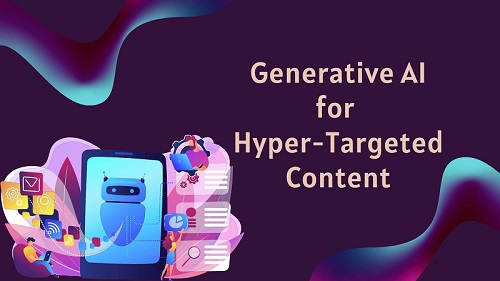
When user data analysis is so accurate, Generative AI can help distinguish certain groups of consumers with different interests. That way, advertisers can get down to drafting hyper-targeted campaigns that dig deep into each audience pool. Think of showing ads for athletic wear to those keen on fitness routine or new cooking appliances to those with a history of looking up recipes.
Dynamic Content Adjustments
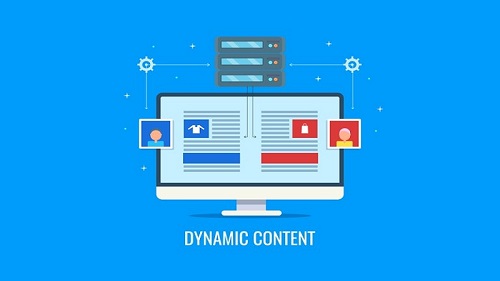
The AI goes one step further than just targeting; it personalizes the very content of the ad. It can modify the creative—the visuals, messaging, and even the offers—based on the profile of individual users. For example, an ad for a travel agency would show destinations in which you have shown interest, or a clothing retailer could suggest products based on past purchases or browsing history.
Contextual Relevance

Generative AI is contextually relevant; it tends to even factor in the time of the day, a user’s geographical location, and weather conditions in its attempt to serve advertisements. For instance, an advertisement for iced tea could be relevant for a hot summer afternoon, and one for cozy winter apparel on a snow day. This contextual relevance boosts the user experience and increases the likelihood of engagement.
The result? Personalized ads that feel less invasive and more like friendly advice, inculcate better positive brand perception and stronger relations with consumers.
Unleashing Creativity: A New Era Powered by Generative AI in Advertising
Advertising has always been the core of creativity. But coming up with fresh ideas all the time is not that easy. Generative AI in Advertising introduces the necessary spark into the creative process and creates exhilarating opportunities in the creative process.
Automated Content Creation

This means that the creation of different kinds of advertisements, whether in the form of images, videos, or even ad copy, through Generative AI integration solutions, can be automated. This thereby saves the precious time of human creatives so they can concentrate on more strategic issues concerning the campaign, such as developing core messaging and brand storytelling.
Using the potential of personalized audio elements, marketers can further leverage generative AI capabilities to deliver unique, human-like voices in their ads. Expand your reach by enhancing advertising content with an AI speech generator. These tools can transform written ad content into dynamic voice recordings, adding an engaging auditory dimension to campaigns.
A/B Testing at Scale
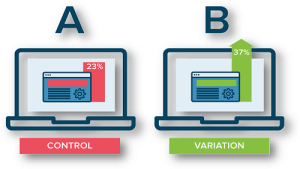
Generative AI in Advertising can create multiple variants of ad creatives, enabling rapid A/B testing. This way, a marketer can quickly recognize the best ones for the most effective strategy. Think of hundreds of tests with different ad headlines or visuals being tested in real-time to find the most resonating with an audience.
Discovery of New Creative Opportunities

Generative AI can help discover creative zones that are deeply buried within the human mind and the visual field but are tough to realize. It can bring new and unexpected styles, new ways of copywriting innovation, or work on inventing original background music for ad campaigns. This opens the door to new creative possibilities, pushing the boundaries of advertising and suddenly attracting the consumer.
The outcome? A constant stream of new and exhilarating ad creatives to keep audiences engaged and their brands one step ahead.
Beyond the Hype: Meeting Challenges and Ensuring Ethical Use
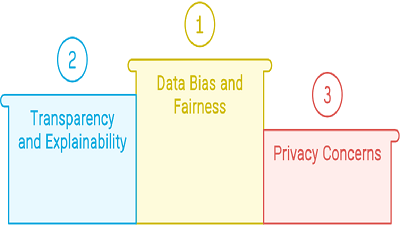
While Generative AI in Advertising holds the immense potential. It’s also important to consider some of the potential challenges such a powerful technology could bring. Here are some things one needs to consider important:
Data Bias and Fairness
The effectiveness of Generative AI algorithms is only as good as the data on which they are trained. This is very likely to lead to unfair or discriminatory advertising. This risk can only be contained by careful data curation and continuous monitoring of the algorithms to make sure they reflect the diversity of the target audience.
Transparency and Explainability
AI algorithms can be very complex, making it very hard to understand how decisions on the choice of ad format or targeting were reached. When the algorithm is not transparent, it creates concerns over accountability and further questions over the potential for manipulation. In this paradigm of explainable AI, the development of techniques becomes essential in cultivating trust and responsible use.
Privacy Concerns
The Generative AI is dependent on user data is surely going to trigger privacy concerns. It is the right of consumers to understand the data being collected, how it is used, and its storage. Additionally, to ensure transparency and protect consumer rights, businesses must know how to write a privacy policy that is clear, comprehensive, and compliant with relevant regulations. Further, advertisers will also have to take care of data privacy through the establishment of strong security apparatuses and the data protection laws.
While confronting these challenges, it is crucial at all levels that the use of Generative AI in advertising is both ethical and responsible.
Creating a Human-AI Partnership for Success
Generative AI is meant to augment and not replace human creativity. Ideal collaboration involves a partnership between both humans and AI. Here’s how it should be done:
Clearly Define Campaign Goals
Before you start creating ads with the help of Artificial Intelligence Development Company, you must have well-defined campaign goals. What do you want to achieve? Is it generating brand awareness, driving website traffic, or increasing sales? By clearly setting out the goals, you will ensure that AI is working in the direction of the desired result.
Human Oversight and Guidance
Human creativity is still supreme. AI should be guided by humans in setting parameters for the content to be developed, defining the brand voice, and ensuring creativity aligns with the campaign objectives.
Performance Monitoring and Optimization
Campaign performance is continuously monitored through analytics. Humanly intervene by continually improving target strategies and ad creativity using real-time data insights.
With the proper collaborative atmosphere, the combination of humans and AI can result in an enormous collaboration. AI takes care of the heavy lifting in predictive analysis through AI and content generation, while humans contribute strategic vision and a creative spark.
Glimpse into the Future: A Symbiotic Relationship Between Humans and Generative AI in Advertising
Generative AI is set to revolutionize the way advertising is approached: it’s all about personalizing experiences for consumers and unleashing creative possibilities for brands while setting the stage for a future where advertising is less intrusive and more helpful. With all these aspects considered, one can foster a human-AI partnership and unlock the real potential of Generative AI in shaping a future of advertising that is beneficial to both consumers and brands.
Conclusion
Generative AI in Advertising is reimagining our ad work. From the personalization of experiences for consumers to creative possibilities for brands, it helps shape a future where advertising feels more natural and less intrusive. Brands are harnessing the power of AI to analyze user data and create targeted content that delivers deep engagement and remarkable results. However, all of this must align with the ethics of generative AI and responsible use. Embracing the challenges and nurturing a human-AI partnership will unleash the real potential of Generative AI in Advertising, creating a future that benefits both consumers and brands.
Frequently Asked Questions (FAQs)
1) How is Generative AI in Advertising used?
- Increased Personalization: Generative AI in Advertising uses a user’s information—in a maximally effective, personal user relevance-enhancing experience.
- Enhanced Creativity: Artificial intelligence creates more opportunities for creativity. It can make surprising images, create music, and suggest how to write copy in a new way.
- Improved Campaign Efficiency: AI automatically generates content and optimizes advertisement delivery.
- Measurable Results: Real-time performance tracking means data-based modifications and optimization for the campaign.
2) What are some of the challenges of this Generative AI in Advertising model?
- Data Bias and Fairness: The AI algorithm is only as good as the data it has been trained on. This may lead to biased data sets for unfair or discriminatory advertising practices.
- Transparency and Explain ability: Sometimes it’s hard to understand how the AI is arriving at certain ad formats or targeting decisions. This very opaqueness worries in terms of accountability.
- Privacy: Generative AI in Advertising works by feeding data, which calls for foolproof security and the respect of privacy laws regarding data.
3) What are some things that can be done to ensure the ethical use of Generative AI in Advertising?
- Use High-Quality and Diverse Data Sources: You can prevent this bias from manifesting by training the AI on data that represents the actual diversity of your audience.
- Maintain Human Oversight: The goals of a campaign, parameters of creativity, and alignment should be defined by a human being.
- Prioritize Data Privacy: Implement state-of-the-art security measures and meet the data protection regulations.
- Be Transparent with AI Usage: Let users know about the use of their data for personalized ads.
4) Will Generative AI in Advertising take’s the place of human creativity?
Not at all, quite the contrary. Generative AI in Advertising augments human creativity. The ideal scenario is collaborative partnerships where AI takes over data analysis and content generation, allowing humans to provide the strategic vision with the creative spark.

